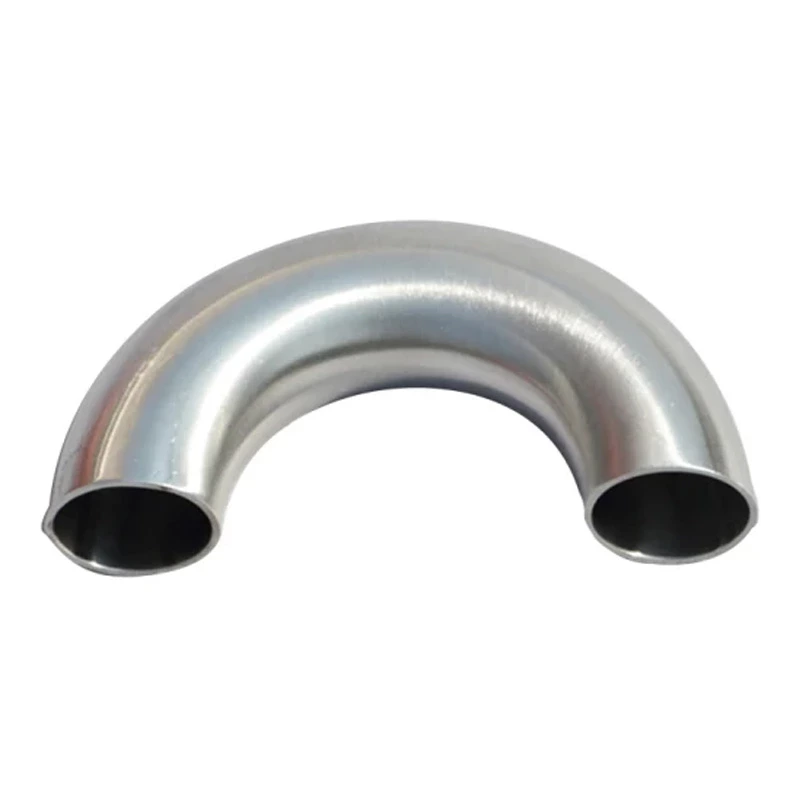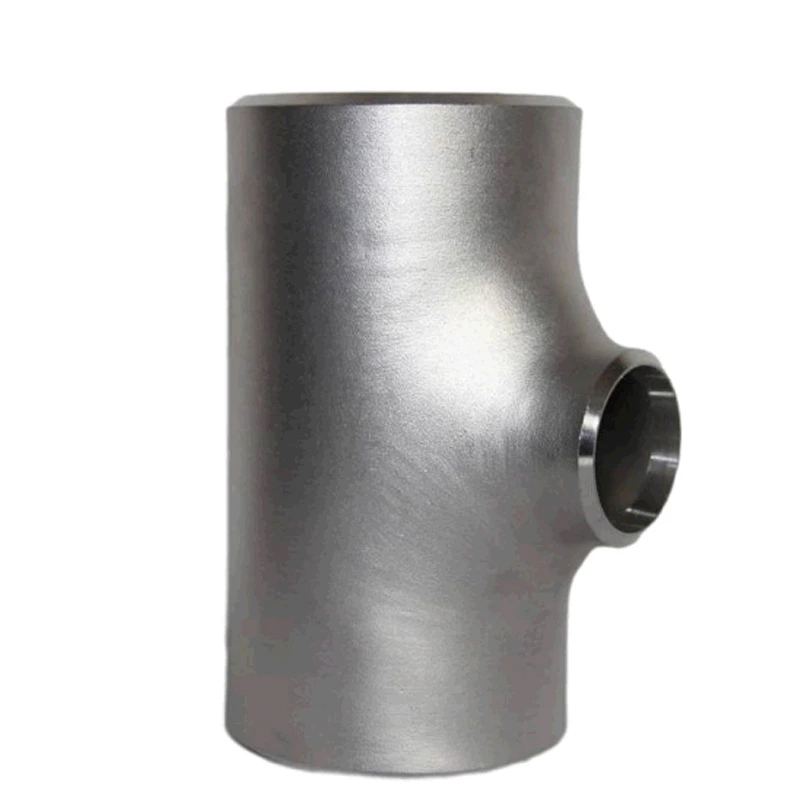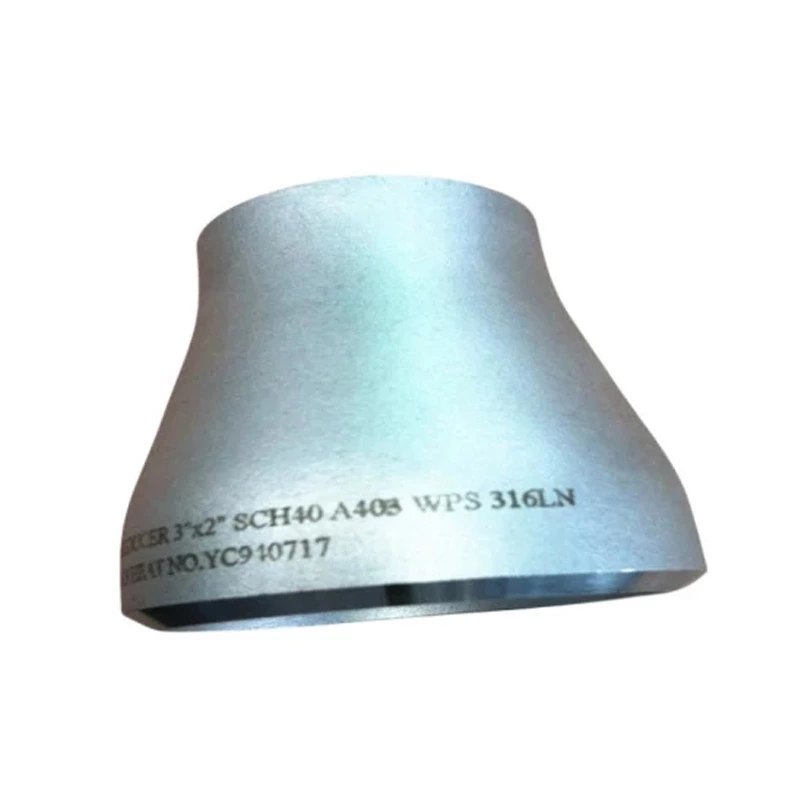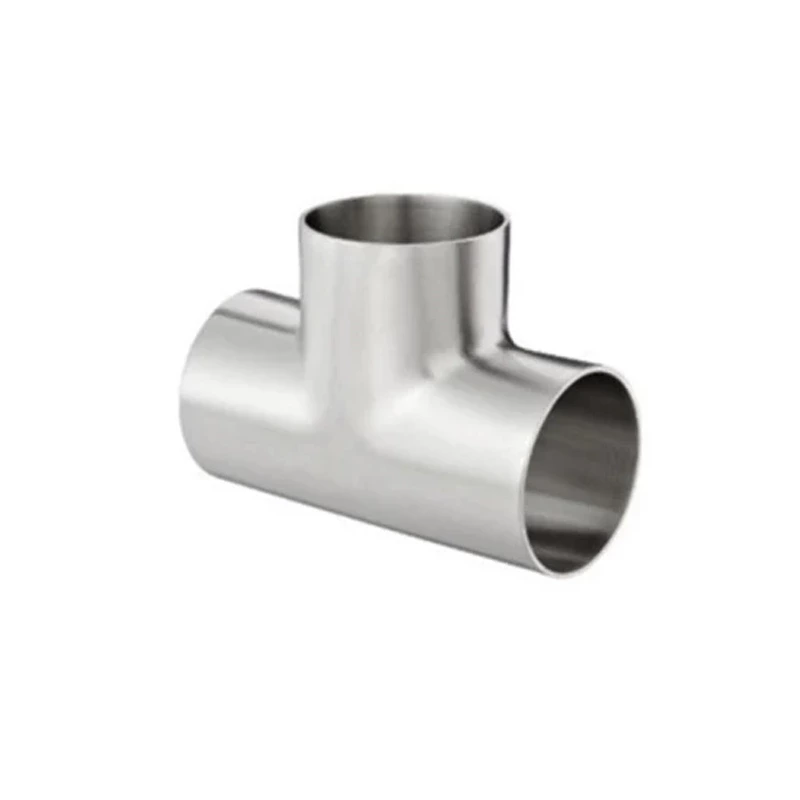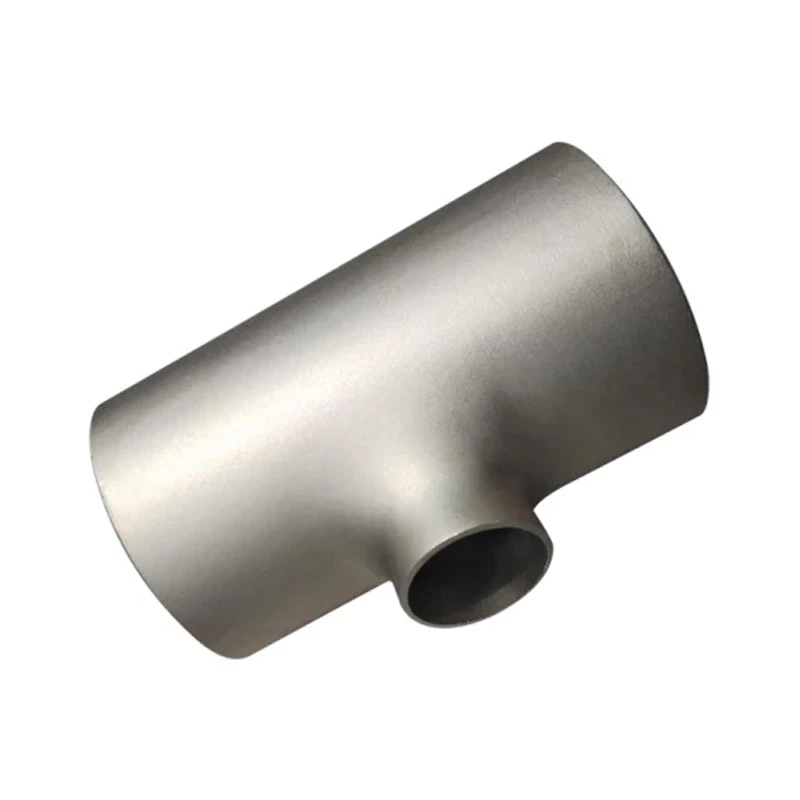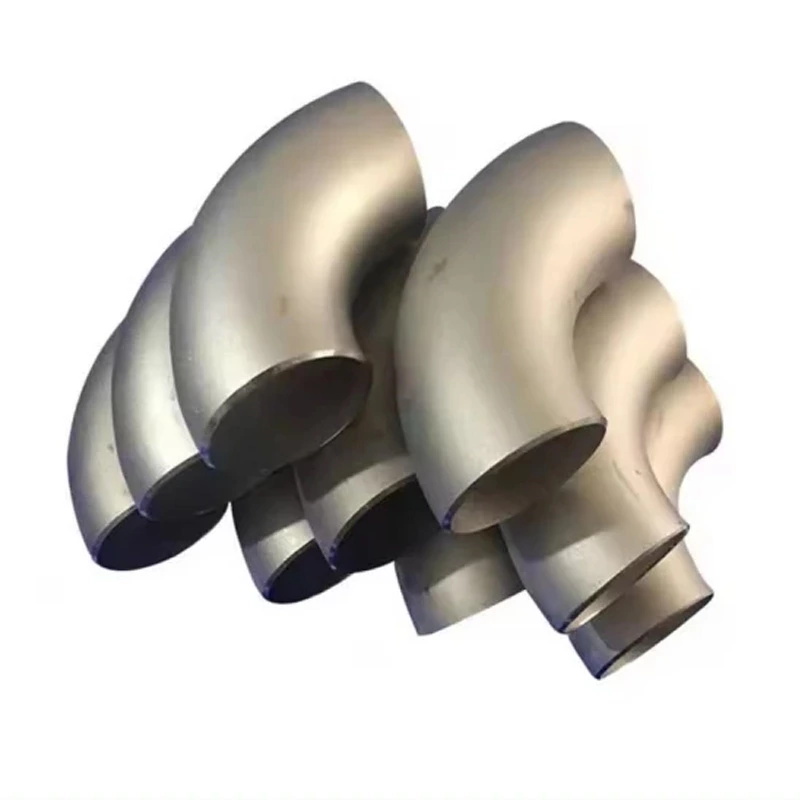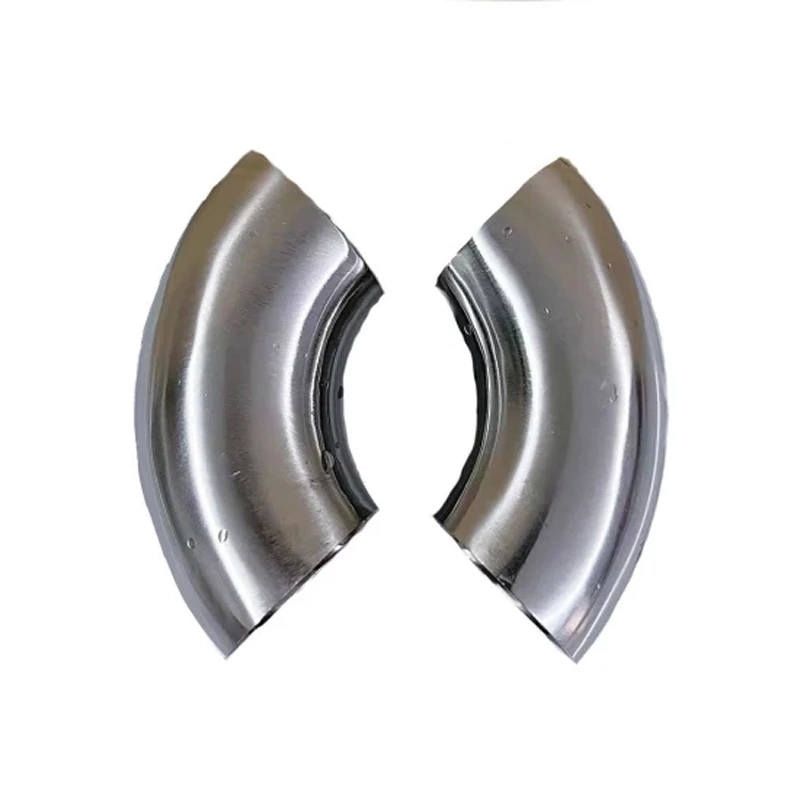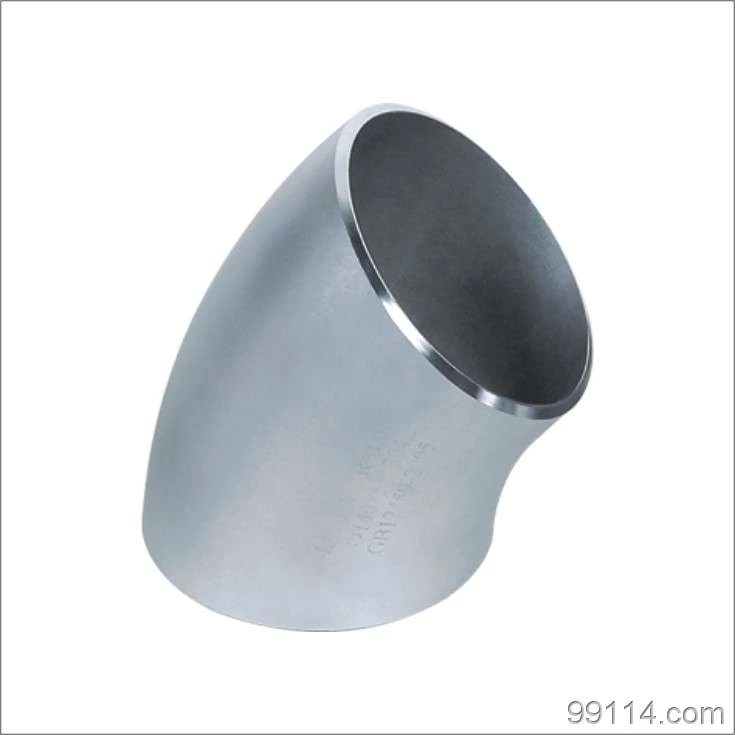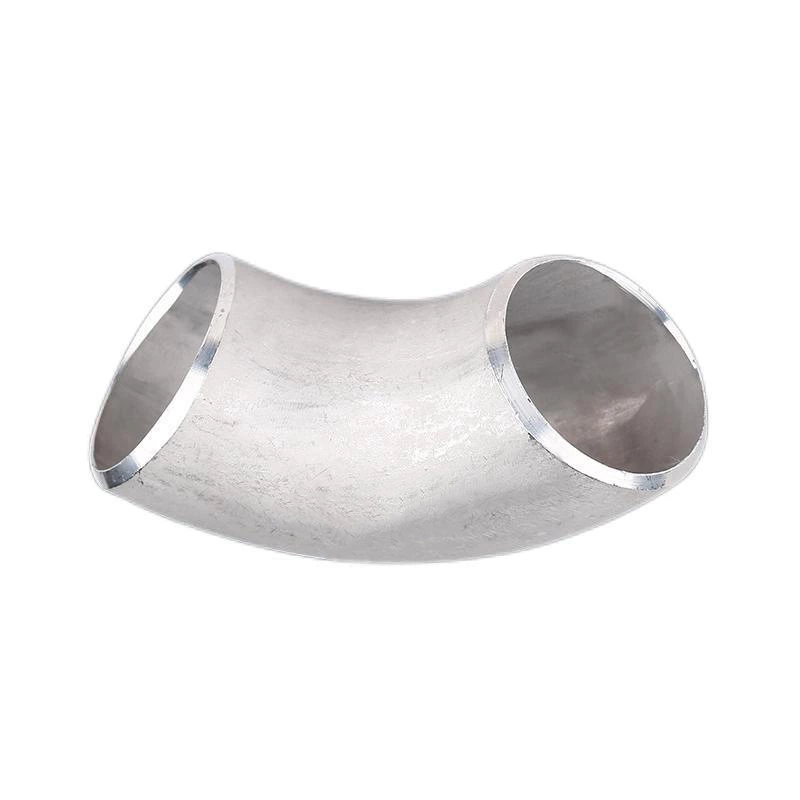Two Ways Stainless Steel Elbows Can Change The Pipeline
Pipeline buried underground can occupy less land, which is beneficial to war preparedness. It is basically not affected by external factors such as climate and season. More importantly, it can reduce heat loss in hot oil transportation and prevent heat deformation of pipelines and Stainless Steel Weld Elbow in pipelines.
In order to reduce heat loss and prevent thermal deformation of stainless steel elbows, the buried depth of pipes should be more than 1.2 meters. (Calculated from the top of the pipe). The buried depth in high-cold areas should be appropriately deepened. At the same time, pipelines should be laid below the groundwater level as much as possible. For areas with high groundwater levels or difficult to dig deep due to other reasons, waterproof and heat insulation measures should be taken as much as possible before burying pipes. If conditions are not met, shallow digging and deep burial can also be adopted, that is, the pipe trench is dug to 20 cm above the groundwater level, and then covered with soil according to regulations to form an earth embankment.
However, this will cause greater difficulties in maintenance after commissioning. In order to prevent deformation of pipelines and stainless steel elbows and ensure the weight of the covering soil, the thickness of the covering soil in the shallow digging and deep burial area should not be less than 1.5 meters.
Drawing and analyzing hydraulic gradient lines will help to study the various processes and characteristics of the working conditions of oil pipelines and stainless steel pipe fittings in the future. For example, the state of the study diagram can be said that when working at a flow rate and the viscosity of the liquid increases, the pressure at the end point will decrease due to the increase in hydraulic gradient.
We use the steady-state pressure distribution diagram to study the working conditions of the pump station in detail. When the pump station works according to the "through the oil tank" process, the pressure diagram of each section has nothing to do with the working conditions of the adjacent stainless steel pipe fittings. The pressure of the starting section is determined by the work of the pump station, and the pressure at the end point is only determined by the liquid level in the tank.
However, as we know from studying the characteristic curve of the pump, when the flow rate increases, the pressure generated by the pump decreases, so the pressure of the pump will be lower than the pressure established by the original working unit, and the steepness of the curve of the stainless steel pipe fittings will also increase. Pump and pipeline characteristics are various methods of combining characteristic curves, which are used when adjusting. Stainless steel elbows can use throttling and reflux methods to change pipeline characteristics.
When throttling, the pressure loss caused by the hydraulic resistance established by the throttling component in the liquid flow is used to limit the pressure behind the throttling component. When changing the hydraulic resistance, throttling increases the loss, and reducing the resistance reduces the loss. Since the throttling resistance is placed in the pipeline and the stainless steel elbow, and is always in the liquid flow, there is always a pressure loss on it, even when there is no need to limit the pressure.
Therefore, when the throttling method is used for regulation, in order to compensate for the loss on the throttling device, there is always additional energy consumption during oil transportation, usually 10-15 kPa. That is, under rated conditions, the energy loss of the stainless steel elbow throttling mechanism is less than 1%.
